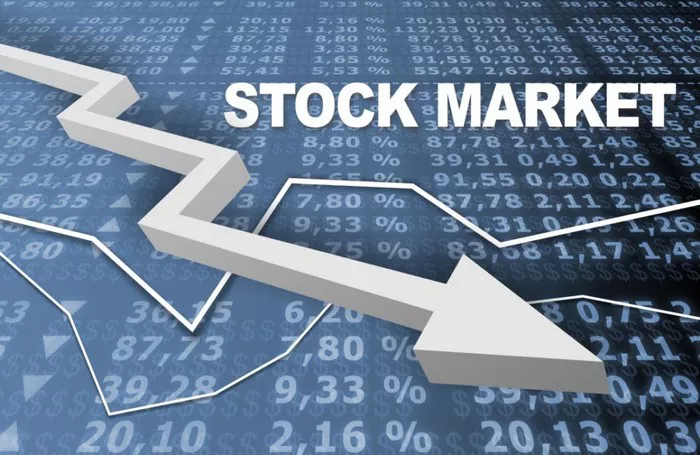The share market, also known as the stock market, is a vital component of the global financial system. It serves as a platform where investors buy and sell shares of publicly listed companies. Understanding the dynamics of the share market is crucial for anyone looking to invest or gain insights into economic trends. In this guide, we’ll delve into the intricacies of the share market, exploring its functioning, participants, investment strategies, and risks.
What is the Share Market?
The share market is a marketplace where buying, selling, and issuance of shares of publicly listed companies occur. It facilitates the flow of capital between investors and companies, enabling businesses to raise funds for expansion, and investors to own a portion of a company’s assets and profits.
Participants in the Share Market
1. Investors: Individuals or entities who buy and sell shares in the market with the aim of generating returns on their investment.
2. Companies: Publicly listed companies issue shares to raise capital for various purposes such as expansion, research, or debt repayment.
3. Stock Exchanges: These are platforms where shares are bought and sold. Examples include the New York Stock Exchange (NYSE), NASDAQ, London Stock Exchange (LSE), and Tokyo Stock Exchange (TSE).
4. Brokers: Intermediaries who facilitate the buying and selling of shares on behalf of investors. They execute trades and provide advisory services.
5. Regulatory Bodies: Government agencies and regulatory bodies oversee the functioning of the share market, ensuring fair practices and investor protection. Examples include the Securities and Exchange Commission (SEC) in the United States and the Financial Conduct Authority (FCA) in the United Kingdom.
How the Share Market Works
1. Listing: Companies go public by offering shares through an initial public offering (IPO) or direct listing. Once listed, shares are traded on stock exchanges.
2. Price Determination: Share prices are determined by supply and demand dynamics. Factors such as company performance, industry trends, economic conditions, and investor sentiment influence share prices.
3. Trading: Investors place buy or sell orders through brokers or online trading platforms. Trades are executed electronically, matching buy and sell orders based on price and quantity.
4. Settlement: After a trade is executed, settlement occurs, where ownership of shares is transferred from seller to buyer, and funds are transferred accordingly.
5. Market Indices: Market indices such as the S&P 500, Dow Jones Industrial Average, and FTSE 100 track the performance of select stocks, providing benchmarks for overall market performance.
Investment Strategies
1. Long-term Investing: Investors buy shares with the intention of holding them for an extended period, often years or decades, aiming to benefit from the company’s growth and dividend payments.
2. Day Trading: Day traders buy and sell shares within the same trading day, capitalizing on short-term price fluctuations. This strategy requires quick decision-making and technical analysis skills.
3. Value Investing: Value investors seek undervalued stocks trading below their intrinsic value, believing they have the potential for long-term appreciation.
4. Dividend Investing: Investors focus on stocks that pay regular dividends, aiming to generate income from dividend payments in addition to potential capital appreciation.
5. Diversification: Spreading investments across different asset classes, industries, and geographies helps reduce risk by minimizing exposure to any single investment.
Risks Associated with Share Market Investments
1. Market Risk: Share prices are influenced by macroeconomic factors and market sentiment, leading to fluctuations in value. Market downturns can result in capital losses.
2. Company-specific Risk: Individual companies may face operational, financial, or management-related challenges, impacting their stock prices independent of broader market trends.
3. Liquidity Risk: Some stocks may have low trading volumes, making it difficult to buy or sell shares without significantly impacting prices.
4. Regulatory Risk: Changes in regulations or government policies can affect companies and industries, leading to shifts in share prices.
5. Currency Risk: For investors trading in foreign stocks, fluctuations in exchange rates can impact returns when converting profits or dividends back to their home currency.
Conclusion
The share market plays a pivotal role in the global economy, providing a platform for capital allocation, investment, and wealth creation. By understanding its functioning, participants, investment strategies, and risks, investors can make informed decisions to achieve their financial goals. Whether you’re a novice investor or seasoned trader, navigating the share market requires diligence, research, and a long-term perspective.


